Day 2
 Sibiu - Brasov (~165km)
Sibiu - Brasov (~165km)
.
Pedestrian city tour in Sibiu: visit the Large Square with Brukental Palace, Haller House, the Catholic Church and the Council Tower - symbol of the city; the Small Square with Luxembourg House, the Liar's Bridge, the House of Arts; Huet Square with the Evangelical Church; the Fortress Street.
Considered in its earlier days one of the best fortified citadels in Europe, Sibiu retains and displays the testimonies of a glorious past, and offers the best mix between a medieval atmosphere and a modern outlook.
Sibiu is one of Romania's cultural and tourism capitals, attracting tourists due to its wonderful medieval charm, with well preserved architecture monuments, beautiful landscapes of the city outskirts, great food, and friendly people. It contains the largest German community in Romania.
Along with Luxembourg, Sibiu was designated European Capital of Culture 2007, primarily due to the multiculturalism that defines it.
Transfer to Brasov; short city tour with the visit of the City Concil Squaer, the Black Church (Brasov's landmark, over 500 years old, the largest Gothic church in SE Europe, hosts one of the greatest pipe organs in Europe), Ecaterina's gate, a fairy-looking medieval tower, part of the last preserved original city gates.
Brasov (Kronstadt in German, “Crown City”), surrounded on three sides by the mountains, was founded by the Teutonic Knights in 1211 on an ancient Dacian (Romanian ancestors) site.
It is a remarkable city which hosts Gothic, Baroque, Renaissance architecture, as well as other historical attractions. The marks of the Saxon heritage, are well preserved mainly in the Old Town.
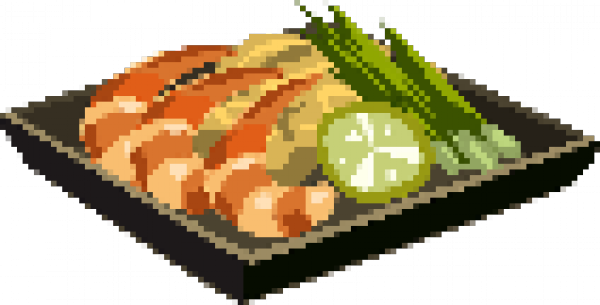 Dinner in Brasov/Poiana Brasov
Dinner in Brasov/Poiana Brasov
 Accommodation in Brasov/Poiana Brasov
Accommodation in Brasov/Poiana Brasov
 Authentic Romania
Authentic Romania Our Specials
Our Specials City Breaks
City Breaks





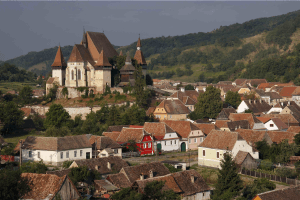
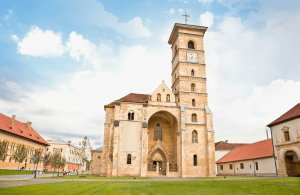
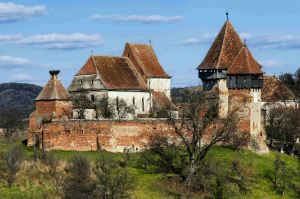
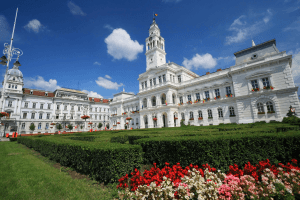
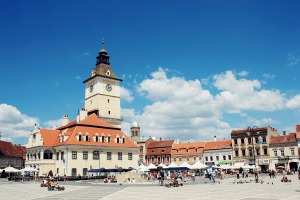
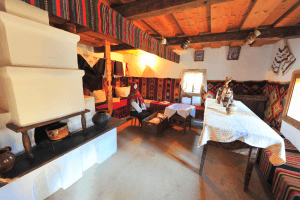
.png)
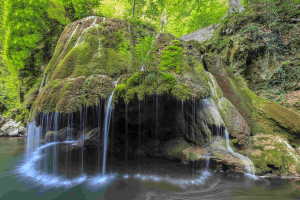
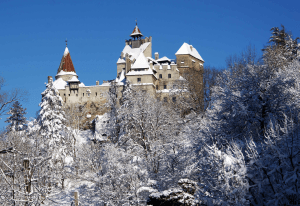

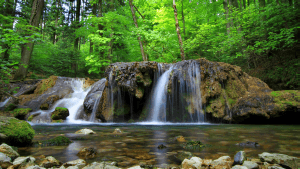
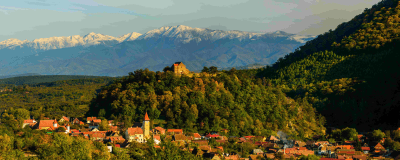
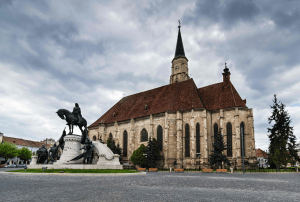
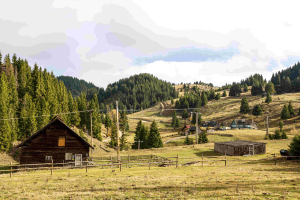

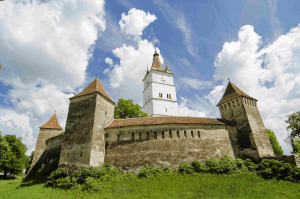
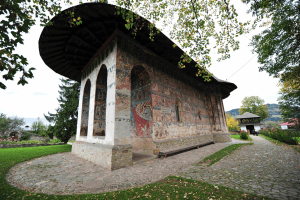
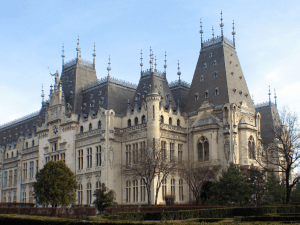
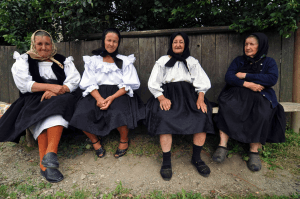
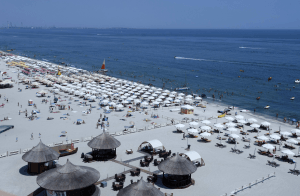
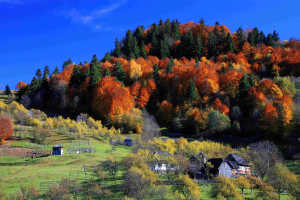
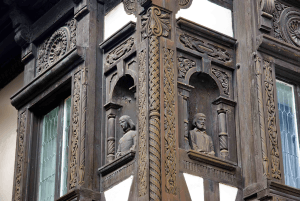
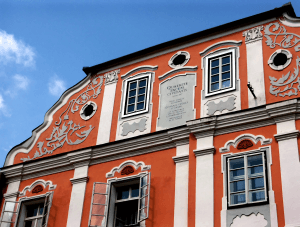
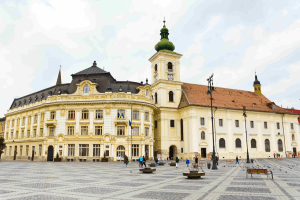
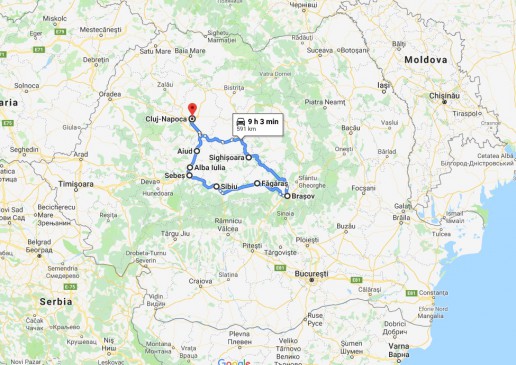
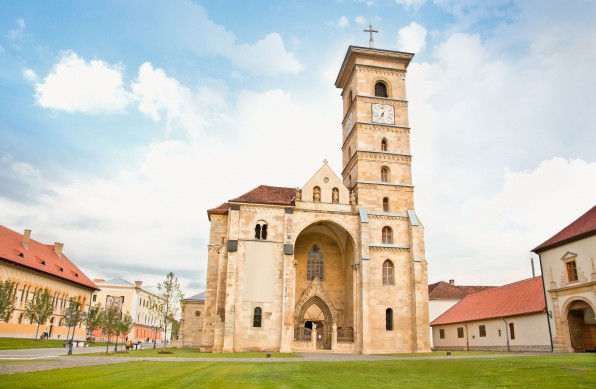




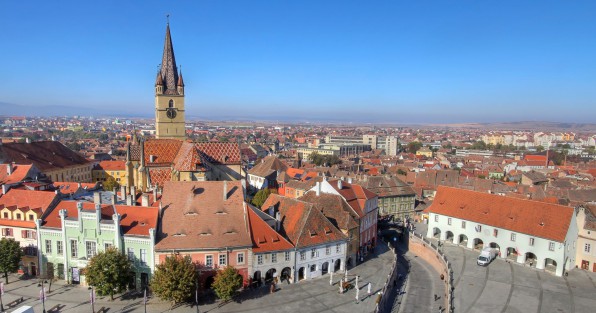





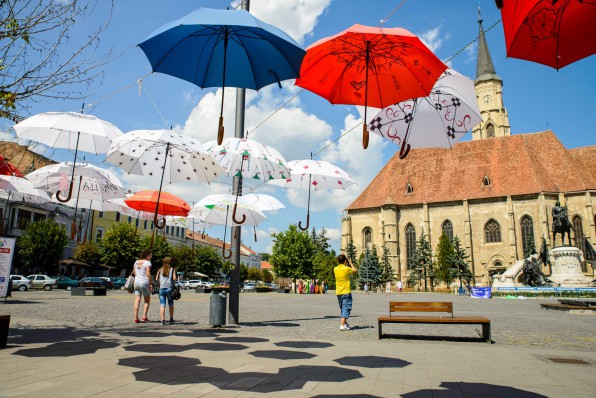




Add a comment